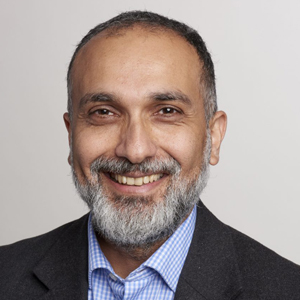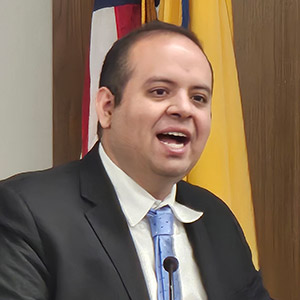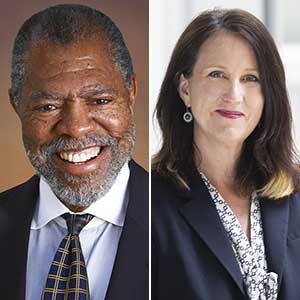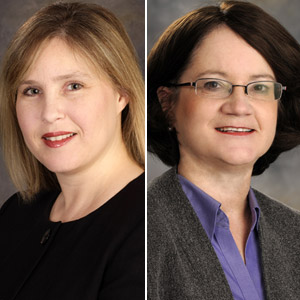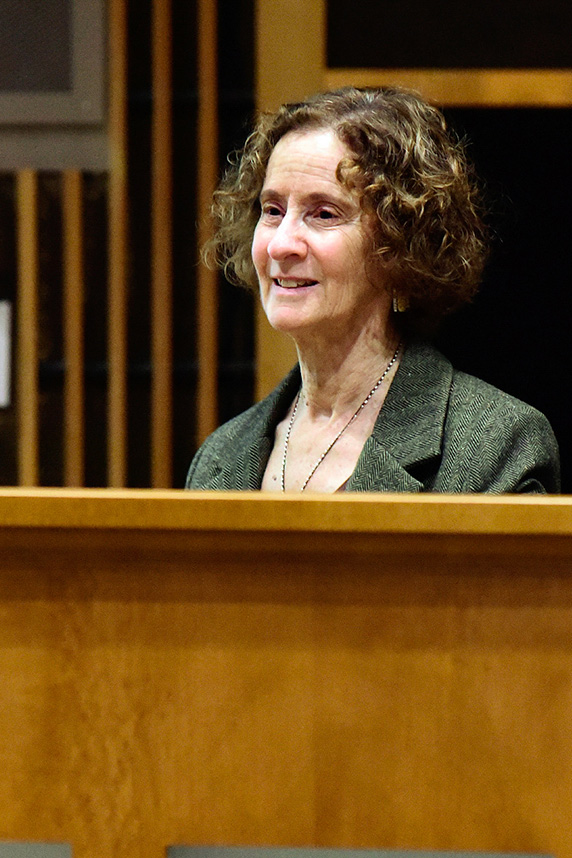 Hertz-Picciotto spoke on “Genes, Environment, Autism, and Precision Public Health: At the Nexus of Multi-Factor Etiology and Environmental Justice.' (Photo courtesy of Steve McCaw)
Hertz-Picciotto spoke on “Genes, Environment, Autism, and Precision Public Health: At the Nexus of Multi-Factor Etiology and Environmental Justice.' (Photo courtesy of Steve McCaw)Diagnosed cases of autism spectrum disorder (ASD) in California rose by 600 percent from 1990 to 2003. Irva Hertz-Picciotto, Ph.D., director of the Environmental Health Sciences Core Center at the University of California-Davis, published this statistic in the journal Epidemiology a decade ago.
The esteemed epidemiologist told the audience during the Jan. 8 NIEHS Distinguished Lecture that she and her colleagues have only been able to explain a third of the increase.
“No single factor accounts for all autism cases, nor is there one event or exposure that can be responsible for the rapid increase in diagnoses,” said Hertz-Picciotto. “Each child’s path to altered brain development may be different.” Her talk was hosted by NIEHS and National Toxicology Program (NTP) Director Linda Birnbaum, Ph.D.
What causes autism?
Shortly after autism was first described in 1943, it was erroneously attributed to poor parenting, Hertz-Picciotto explained. By the early 1980s, the thinking began to shift to genetic inheritance. Since then, a more nuanced view emerged. Hertz-Picciotto noted that the percentage of ASD that was considered to be explained by genetics alone dropped from 100 percent in 1985 to 38-60 percent in 2009.
Hertz-Picciotto seeks to determine whether a variety of environmental factors — from socioeconomic status to industrial chemicals — could be a major driving force behind the rising incidence of ASD. She noted that according to the U.S. Centers for Disease Control and Prevention, 90 percent of pregnant women screened for the presence of 163 chemicals of concern had detectable levels of 62 of those chemicals in their bodies.
She said that the European Union has banned hundreds of chemicals that the U.S. has not, and their autism rates are lower. “We can’t conclude that this is cause and effect, but it’s interesting,” she noted.
Collaborations examine multiple chemicals
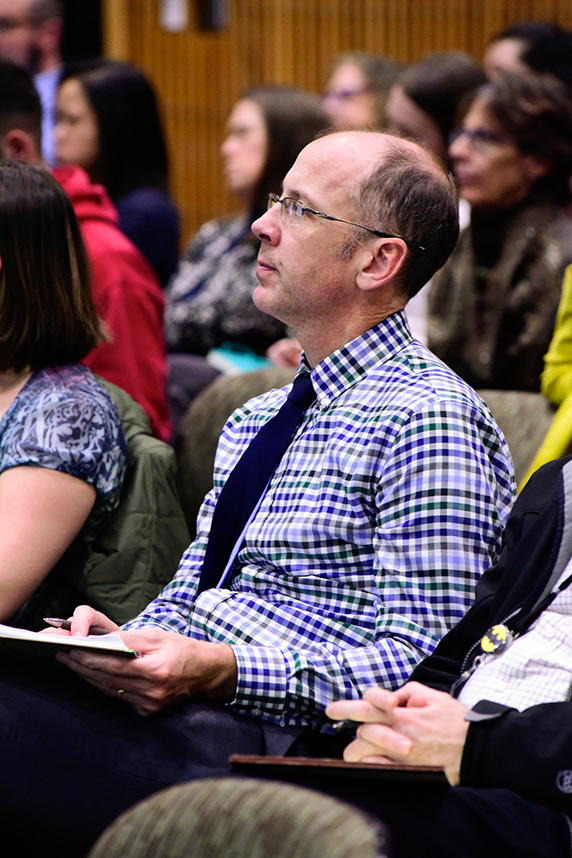 Liam O’Fallon is a health specialist in the NIEHS Population Health Branch, which supports population-based, laboratory-based, and community-engaged research on environmental exposures and their effects on human health. (Photo courtesy of Steve McCaw)
Liam O’Fallon is a health specialist in the NIEHS Population Health Branch, which supports population-based, laboratory-based, and community-engaged research on environmental exposures and their effects on human health. (Photo courtesy of Steve McCaw)Hertz-Picciotto’s research and translational work involves collaborations with several consortiums.
- Childhood Autism Risks from Genetics and the Environment (CHARGE)
- Markers of Autism Risk in Babies – Learning Early Signs (MARBLES)
- Targeting Environmental Neuro-Development Risks (TENDR)
Studies by Hertz-Picciotto and others provide evidence that ASD risk increases with exposure to certain classes of chemicals, including the following.
- Organophosphate pesticides.
- Polybrominated diphenyl ether flame retardants.
- Combustion-related air pollutants.
- Polychlorinated biphenyls.
“Hertz-Picciotto is thinking about epidemiological studies in a way that I think will continue to gain traction in the field,” said Patricia Jensen, Ph.D., head of the NIEHS Developmental Neurobiology Group. “Whereas others may see studies as producing contradictory results, she —instead of deciding that one study must be wrong — is asking are there important differences that need to be identified and investigated?”
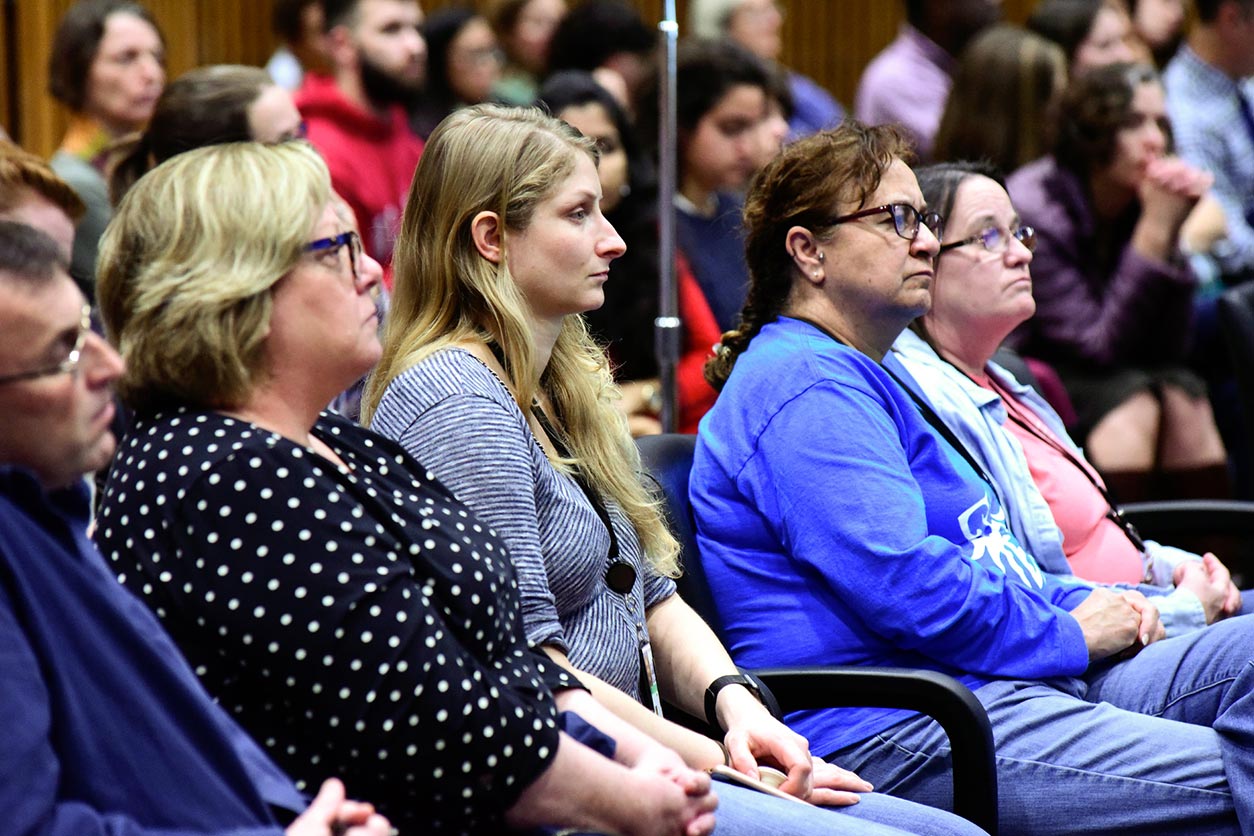 From left, Jensen; her postdoctoral researcher Leslie Wilson, Ph.D.; and others listened intently to Hertz-Picciotto discuss decades of epidemiological research on factors found to increase risk for ASD. (Photo courtesy of Steve McCaw)
From left, Jensen; her postdoctoral researcher Leslie Wilson, Ph.D.; and others listened intently to Hertz-Picciotto discuss decades of epidemiological research on factors found to increase risk for ASD. (Photo courtesy of Steve McCaw)Multiple causes, multiple solutions
Through her many studies, Hertz-Picciotto is piecing together evidence that a multifactorial process could underlie ASD. She stressed that if multiple factors are necessary to cause ASD, only some of those factors would need to be addressed to prevent the disease. “Multifactorial causation is about complex interactions,” she said. “Dependent effects may be the norm or at least far more common than has been recognized.”
She explained that the CHARGE study has already revealed a number of factors that may reduce the risk of ASD, such as having appropriate levels of folic acid and iron in the maternal diet, and breastfeeding.
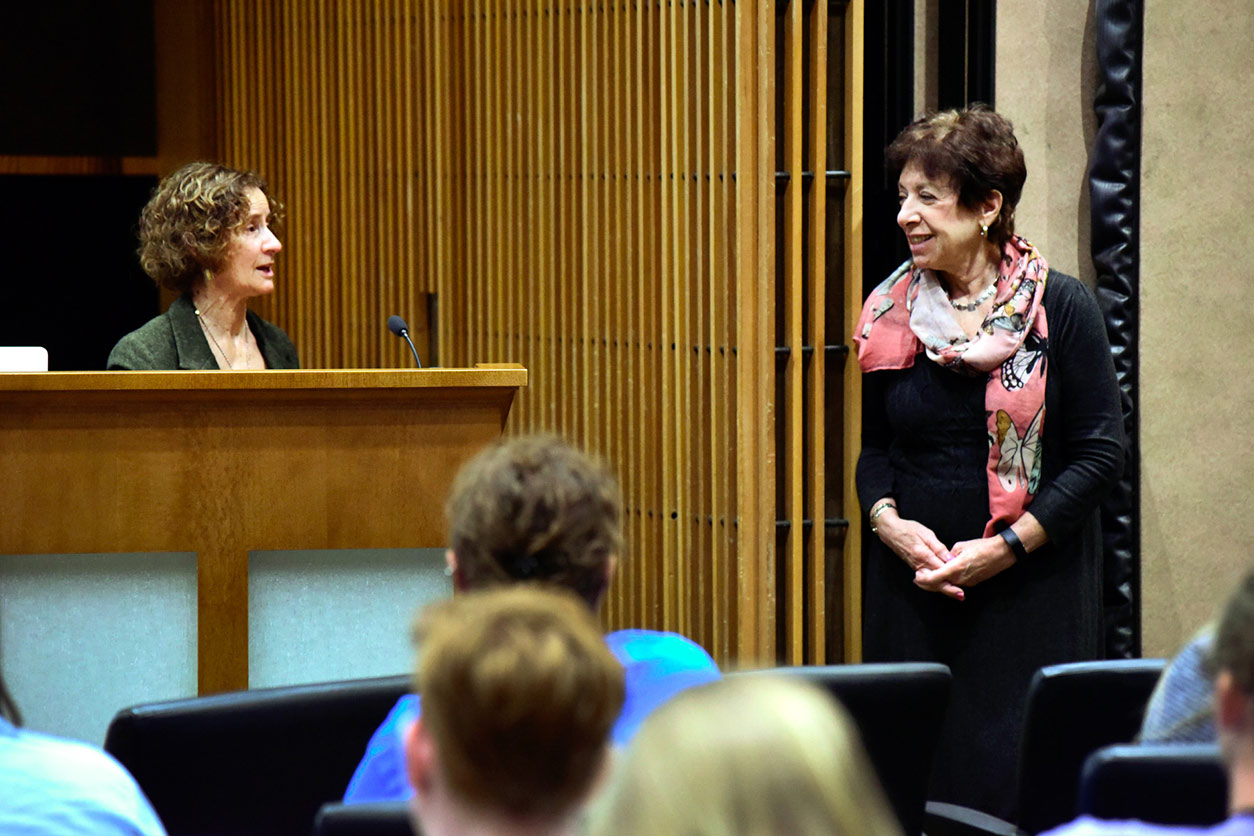 Birnbaum, right, and Hertz-Picciotto knew each other as postdoctoral fellows at NIEHS. (Photo courtesy of Steve McCaw)
Birnbaum, right, and Hertz-Picciotto knew each other as postdoctoral fellows at NIEHS. (Photo courtesy of Steve McCaw)Hertz-Picciotto expressed a desire for greater collaboration between environmental health scientists and clinicians. “Imagine if you went to your clinician, and in addition to pulling up your patient history, they were also able to see whether you live next to a busy freeway or a contaminated water source?” she asked.
Hertz-Picciotto identified CalEnviroScreen, a mapping tool created by the California Environmental Protection Agency that identifies communities that are affected by sources of pollution, as a way to create this level of collaboration.
Citations:
Hertz-Picciotto I, Delwiche L. 2009. The rise in autism and the role of age at diagnosis. Epidemiology 20(1):84−90.
Bennett D, Bellinger DC, Birnbaum LS, Bradman A, Chen A, Cory-Slechta DA, Engel SM, Fallin MD, Halladay A, Hauser R, Hertz-Picciotto I, Kwiatkowski CF, Lanphear BP, Marquez E, Marty M, McPartland J, Newschaffer CJ, Payne-Sturges D, Patisaul HB, Perera FP, Ritz B, Sass J, Schantz SL, Webster TF, Whyatt RM, Woodruff TJ, Zoeller RT, Anderko L, Campbell C, Conry JA, DeNicola N, Gould RM, Hirtz D, Huffling K, Landrigan PJ, Lavin A, Miller M, Mitchell MA, Rubin L, Schettler T, Tran HL, Acosta A, Brody C, Miller E, Miller P, Swanson M, Witherspoon NO; American College of Obstetricians and Gynecologists (ACOG), Child Neurology Society, Endocrine Society, International Neurotoxicology Association, International Society for Children’s Health and the Environment, International Society for Environmental Epidemiology, National Council of Asian Pacific Islander Physicians, National Hispanic Medical Association, National Medical Association. 2016. Project TENDR: Targeting Environmental Neuro-Developmental Risks The TENDR Consensus Statement. Environ Health Perspect 124(7):A118–22.
Woodruff TJ, Zota AR, Schwartz JM. 2011. Environmental chemicals in pregnant women in the United States: NHANES 2003-2004. Environ Health Perspect 119(6):878–885.
(Stephanie Smith-Roe, Ph.D., is a toxicologist in the NTP Genetic Toxicology Group.)






